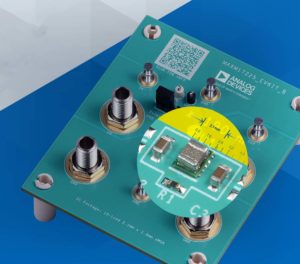 Designers can now extend battery life and reduce size in space-constrained IoT devices with two nanoPower modules with built-in inductors from Analog Devices, Inc. Both products are part of Analog Devices’ Essential Analog family of efficient power ICs. The MAXM38643 1.8V to 5.5V input, 330nA quiescent current (IQ), 600mA buck module, and the MAXM17225 0.4V to 5.5V input, 300nA IQ, 1A boost module with True Shutdown feature the lowest IQ compared to competitive solutions and deliver more battery life. By integrating a preselected inductor, these micro system-level IC modules (uSLIC™) also accelerate time to market and are up to 37 percent smaller size compared to a standalone IC plus external inductor. Applications include space-constrained consumer products, wearables, medical drug delivery, sensors, IoT devices, as well as wired, wireless and industrial products.
Designers can now extend battery life and reduce size in space-constrained IoT devices with two nanoPower modules with built-in inductors from Analog Devices, Inc. Both products are part of Analog Devices’ Essential Analog family of efficient power ICs. The MAXM38643 1.8V to 5.5V input, 330nA quiescent current (IQ), 600mA buck module, and the MAXM17225 0.4V to 5.5V input, 300nA IQ, 1A boost module with True Shutdown feature the lowest IQ compared to competitive solutions and deliver more battery life. By integrating a preselected inductor, these micro system-level IC modules (uSLIC™) also accelerate time to market and are up to 37 percent smaller size compared to a standalone IC plus external inductor. Applications include space-constrained consumer products, wearables, medical drug delivery, sensors, IoT devices, as well as wired, wireless and industrial products.
Battery-powered IoT devices require low IQ in system standby mode to deliver longer battery life. Further, ultra-low shutdown current (0.5nA on MAXM17225 and 1nA on MAXM38643) allows systems to consume virtually no system power during shutdown mode. Both MAXM38643 and MAXM17225 consume an order of magnitude less quiescent current (one-tenth and one-twentieth, respectively) than competitive solutions with similar output currents. In addition, MAXM38643 and MAXM17225 have peak efficiencies of 96 percent and 95 percent respectively, the highest compared to competitive solutions. As a result, the modules consume less power to deliver longer life and reduced carbon footprint for both battery-operated and wired always-on devices.
Both products utilize Analog Devices’ uSLIC power module technology featuring stacked, integrated inductors that enable designers to reduce solution PCB surface area and eliminate the time spent on component selection and board placement.

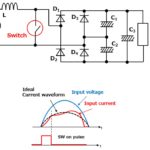
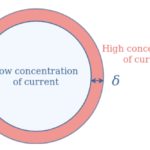
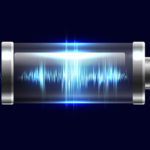

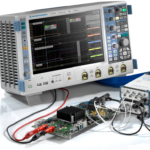


Leave a Reply